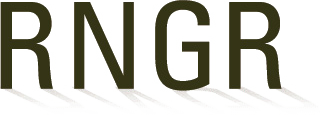 Plant Materials for Riparian Revegetation
Plant Materials for Riparian Revegetation
Increased public awareness and concern have prompted new efforts in riparian revegetation using streambank bioengineering techniques. Planting in a riparian zone is very different than planting on upland sites. Riparian planting zones should be used to ensure that the vegetation is planted in the appropriate location so that the planting does not create more problems than was it was designed to treat. The types of plant materials used in riparian revegetation projects include: 1) dormant nonrooted hardwood cuttings which include 3 size classes: propagation cuttings, branched cuttings, and poles; and 2) nursery plants, including bareroot and small and large container stock. Each stock type has its specific purpose, use, and limitations. Many riparian plants are difficult to propagate so propagation protocols are being developed. Streambank bioengineering is relatively new in this country, and requires different types of plant types than nurseries are used to growing. The nursery industry needs to be proactive and pursue this new market for riparian stock by showing potential customers what they can produce and emphasizing native, locally-adapted plants for their area.
Download this file:
Details
Author(s): J. Chris Hoag, Thomas D. Landis
Publication: National Nursery Proceedings - 1999
Event:
Northeastern and the Western Forest and Conservation Nursery Associations Meeting
1999 - Ames, IA



